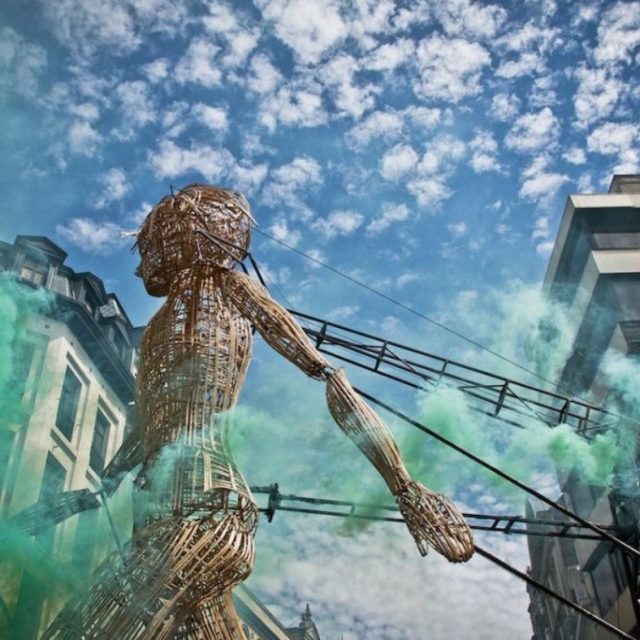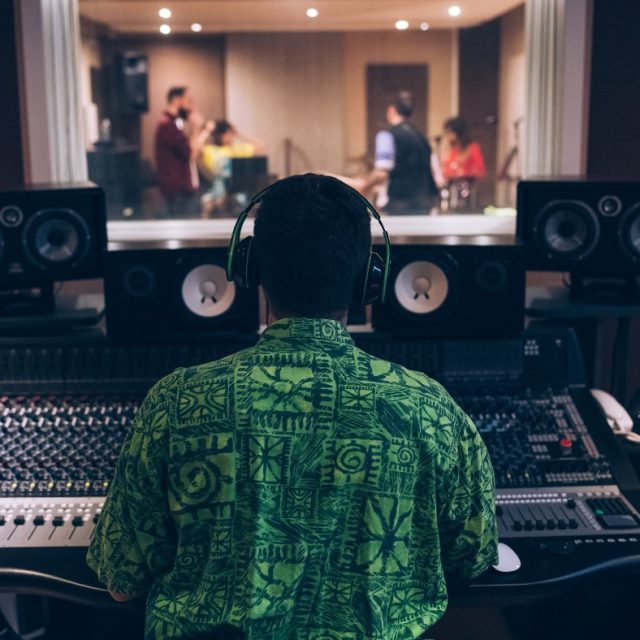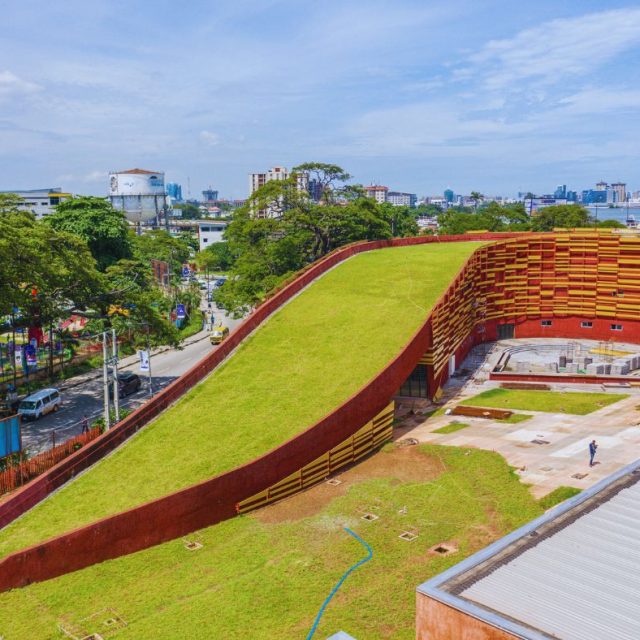Why Brussels is redefining urban art as an expression of freedom and inclusivity
Project: creating a new programme of investment in public art

The Purpose
To create a programme of investment that enables the creation of new street art on the streets of Brussels.
The Challenge
Brussels has a lively street art scene, ranging from music to contemporary sculpture, festivals, events, performance art and graffiti. In the past few years, the City’s authorities have developed a tolerant, light-touch approach to overseeing this. Although its management processes aim to create a well-organised use of urban space that does not cause a nuisance to citizens, its policy is designed to allow challenging art and prevent censorship, recognising graffiti as a legitimate urban form.
This approach has positioned the City as an enabler of Street and Public Art, growing a street scene that has become an attraction in itself, and creating an atmosphere where artists are welcomed rather than restricted. This signals the tolerant and diverse nature of the city to visitors and citizens.

The Solution
The city has been actively investing £100,00 each year to create new street art and public murals. Brussels created a ‘call to walls’ program that invites private owners to offer up their buildings as a canvas for artworks and allows for walls of free expression, with no censorship. If the words do not incite hatred, the City does not impose limitations. The project has been successful, with over 50 partnerships leading to nearly 100 murals and frescos.
Brussels offers a dedicated website mapping these street art locations so that visitors can follow themed trails throughout the city. The Urban Art Committee looks at what new pieces of public art should be acquired by the City, including the maintenance of existing works. It also considers how public art integrates into the urban landscape. Existing works include Alexander Calder’s abstract spiral shape in a fountain ‘The Whirling Ear,’ Lucile Soufflet’s ‘The Circular Bench’ and Jean- François Octave’s ‘My Gay Mythology – A Monument to Everyone’.
This wide variety of forms, materials and subjects expresses the progressive values of the city. Each year, Brussels also hosts 300 cultural events. Although the Cultural Department will often propose adaptations of an organiser’s original plan, such as moving location, the intention is to approve and support events, and 95% of applications are agreed.
Street performers are also welcomed, and the number of places where music or other sound is allowed has expanded. However, the maximum volume is 60 decibels and performers cannot perform out of hours. This balances the needs of residents with entertainment opportunities. ‘Non-sound’ performance can take place anywhere in Brussels, provided it is agreed with the Culture Department.
The Impact
This approach has positioned the City as an enabler of Street and Public Art, growing a street scene that has become an attraction in itself, and creating an atmosphere where artists are welcomed rather than restricted. This signals the tolerant and diverse nature of the city to visitors and citizens.
Source: World Cities Culture Report 2022
Images Courtesy @ Getty/Canva




